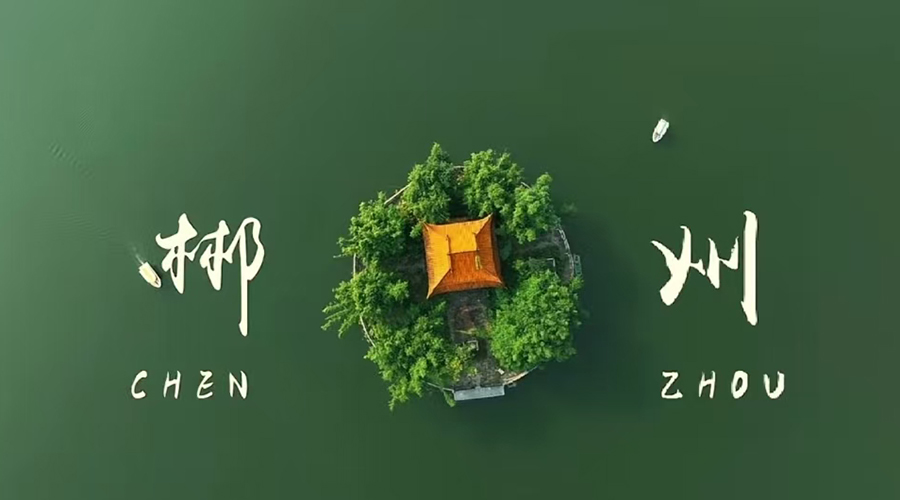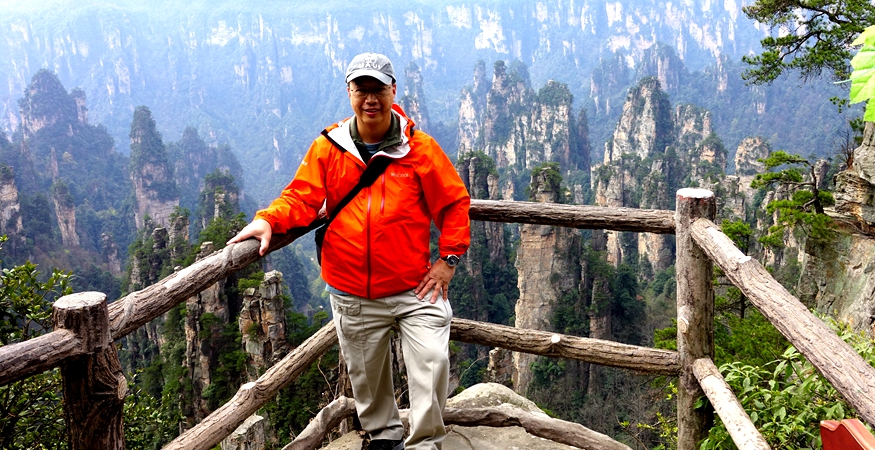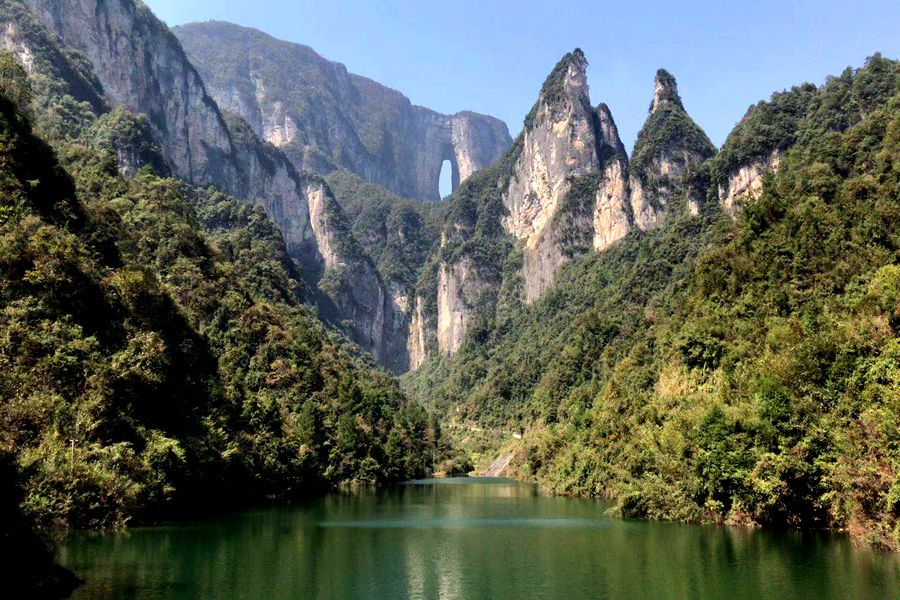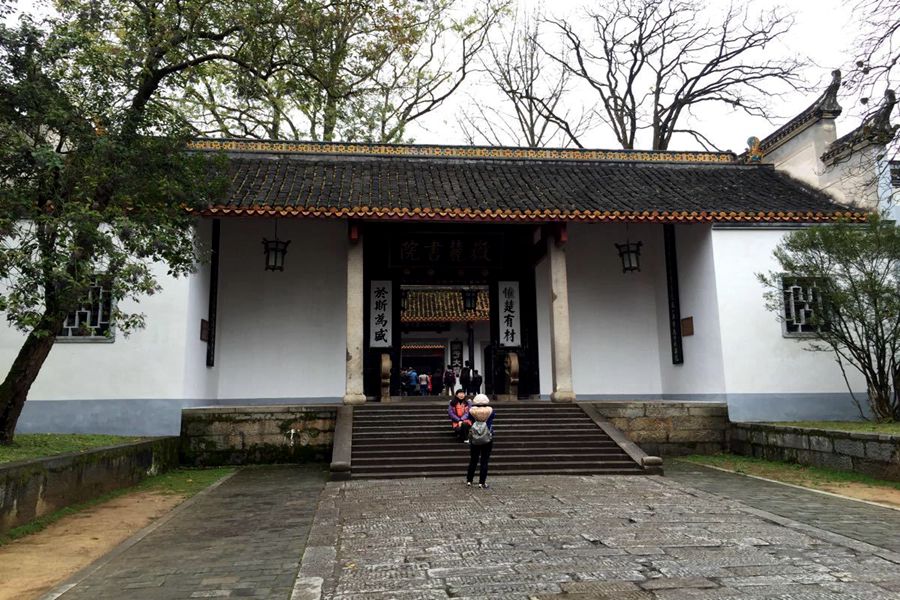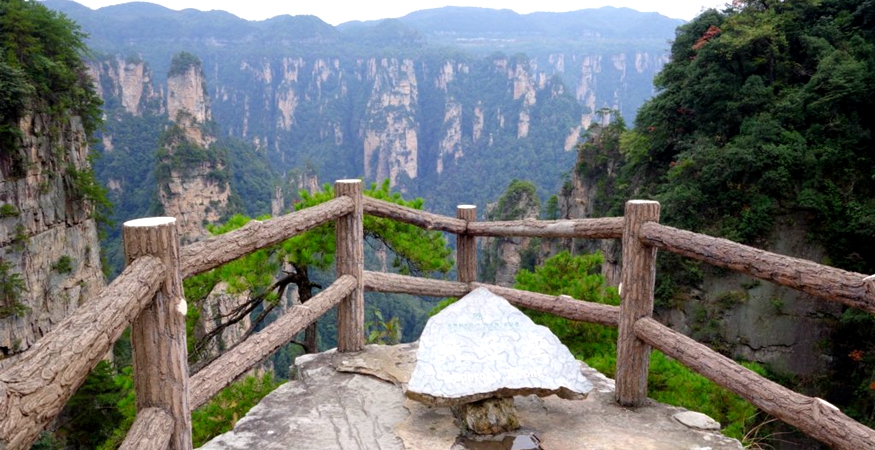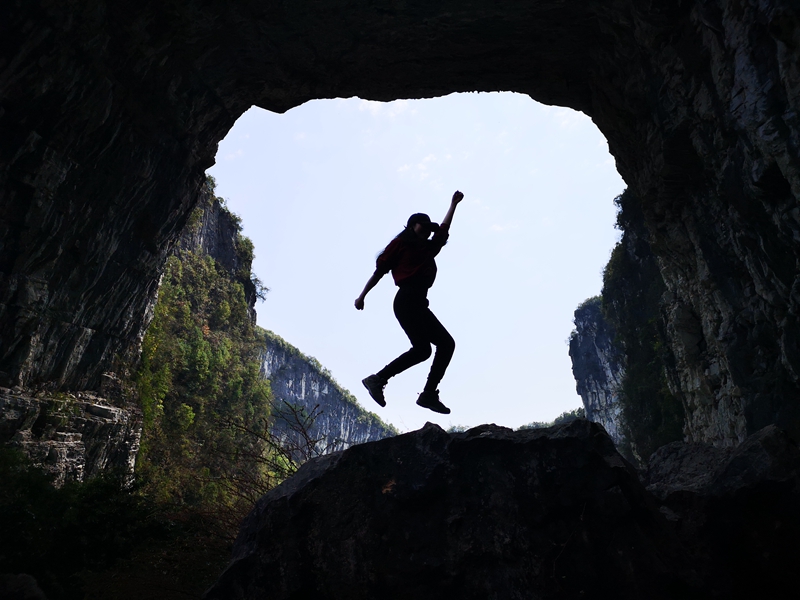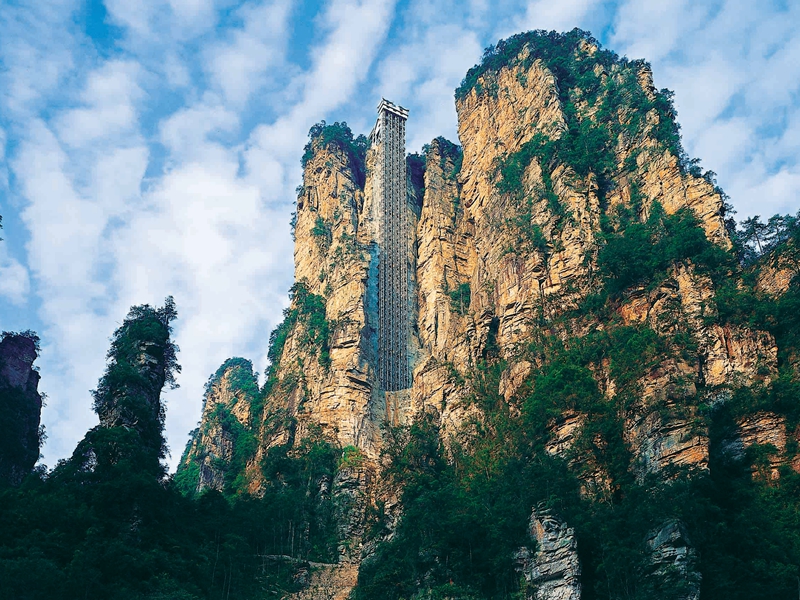
Chenzhou
Chenzhou Overview
Chinese Name: 郴州 English IPA: Chenzhou Location: Southeast of Hunan Population (city): 463 Million Language: Chenzhou Language Zip code: Tel code: Time zone:
Chenzhou Travel Guide: Where Nanling Peaks Embrace Pearl River Tides
What constitutes Chenzhou’s most compelling allure?
-
Little Dongjiang Mist: Where Dawn Weaves a Silk Veil Over Time
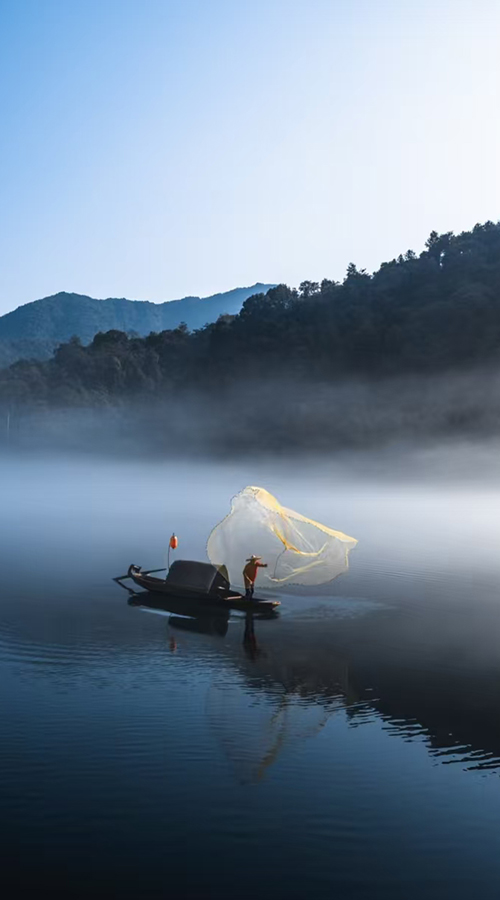
Must – Visit Attractions
Chenzhou’s landscape is a vivid tapestry of natural wonders and cultural treasures, where misty lakes, rugged mountains, ancient towns, and unique geological formations each tell a story of the region’s rich heritage and unspoiled beauty. From serene waterscapes to historic alleys and thrilling outdoor spots, these attractions capture the essence of this “South Gate of Hunan”—a place where every corner invites exploration.
- Dongjiang Lake: A Water Paradise Shrouded in Mist
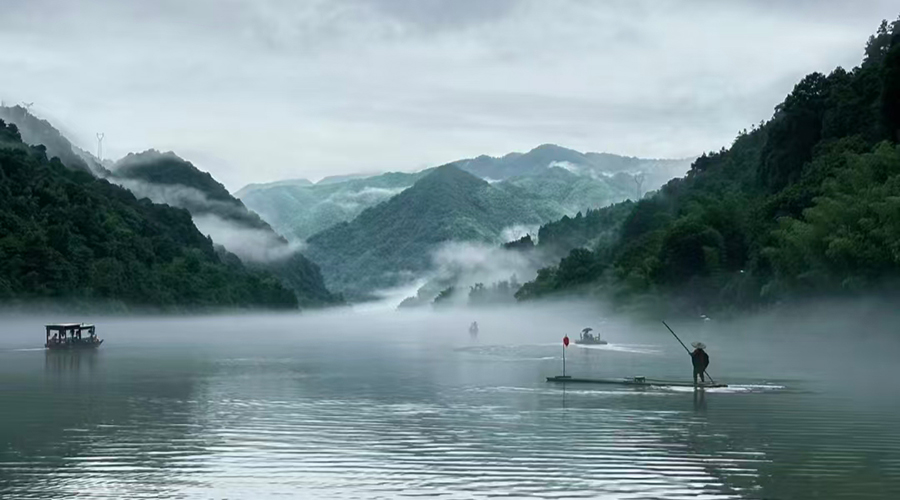

- Mount Mang: A Sacred Peak with Ancient Trails
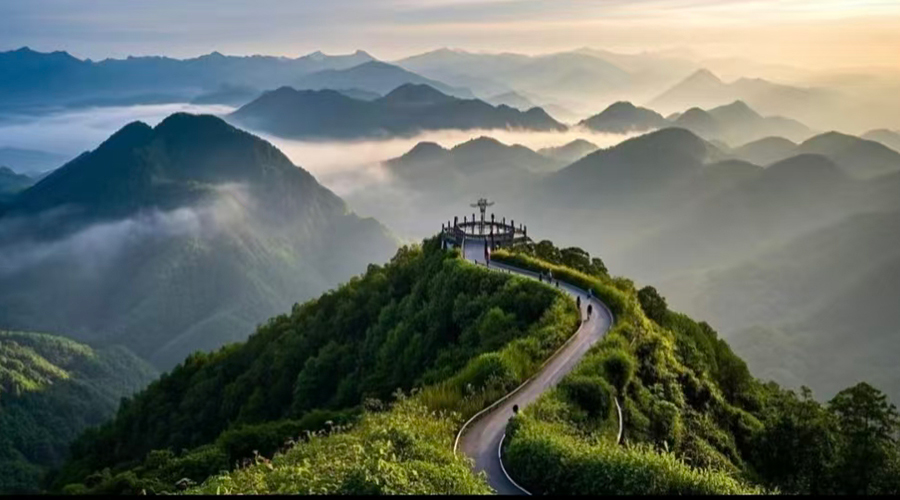
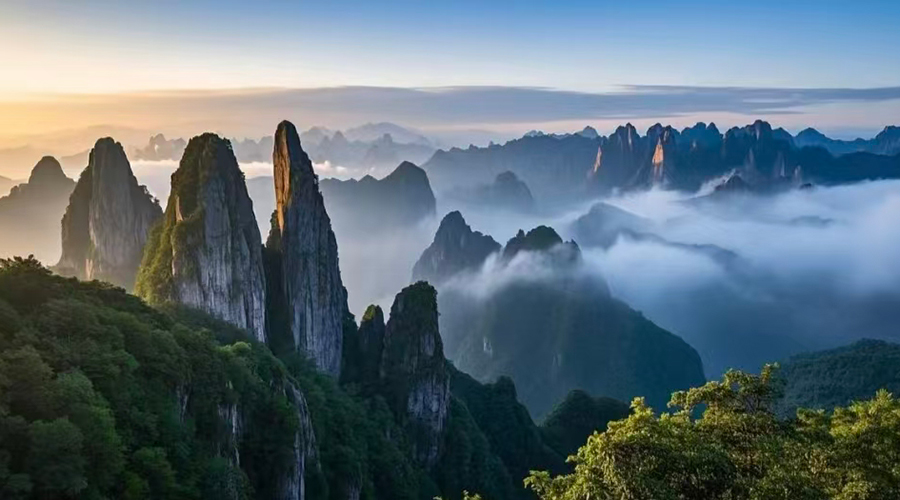
- Suichuan Ancient Town: Timeless Alleys and Local Life
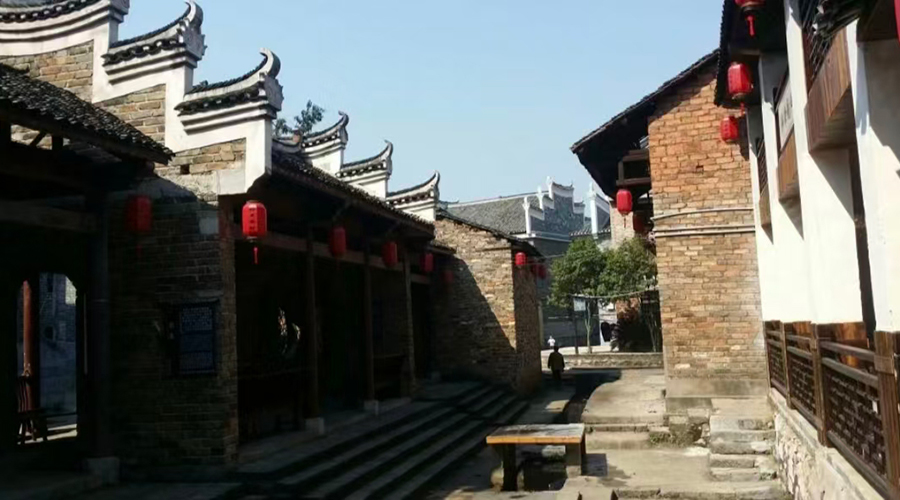
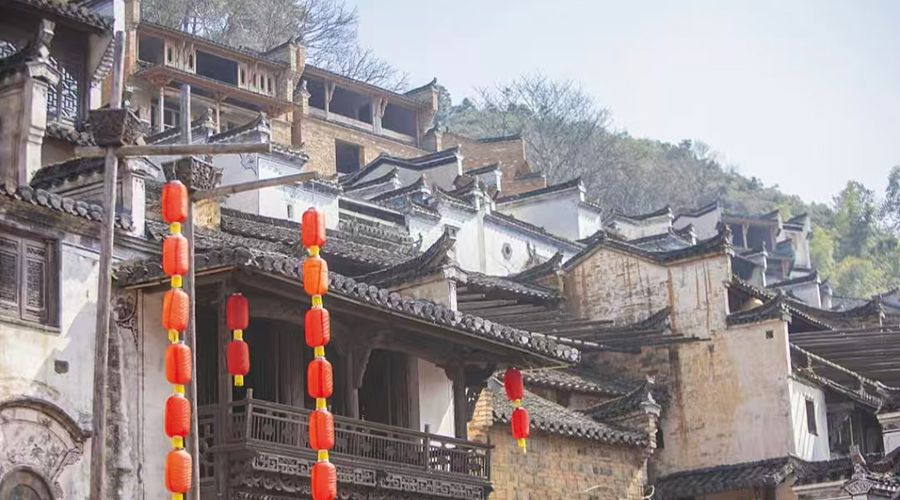
- Yangtianhu Grassland: A Highland Escape
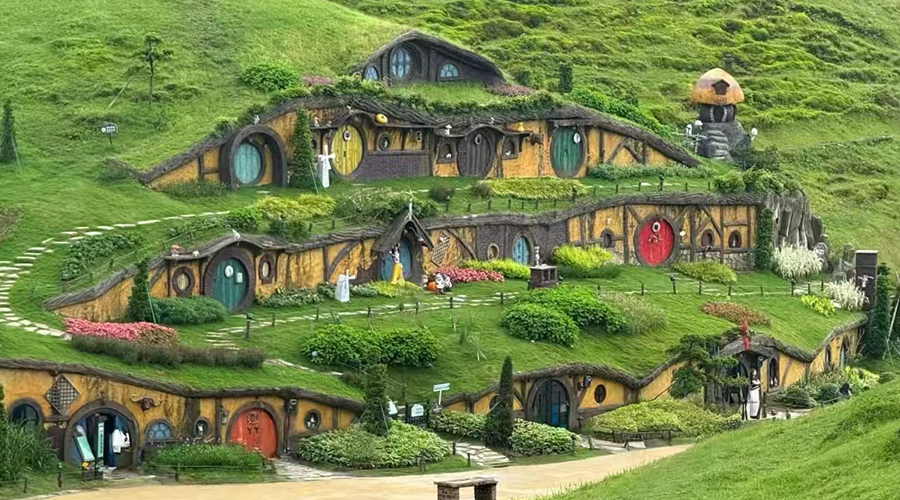

- Gaoyiling Scenic Area: Danxia Wonders
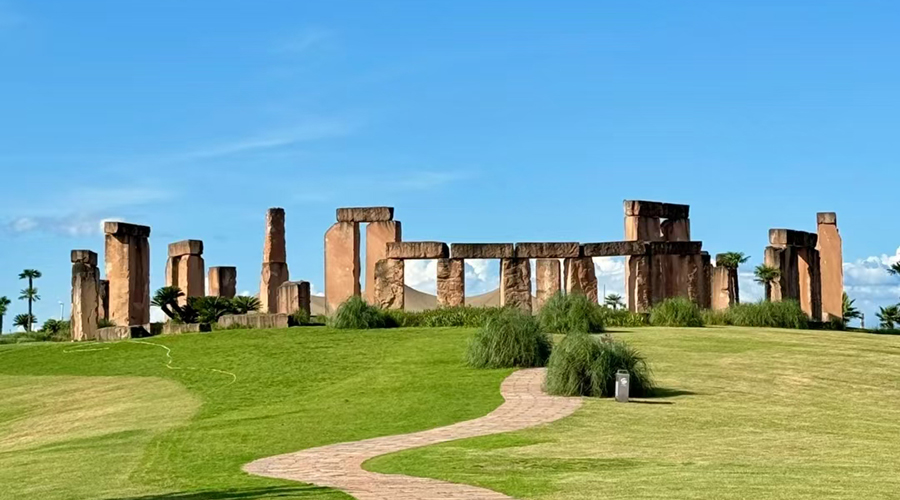
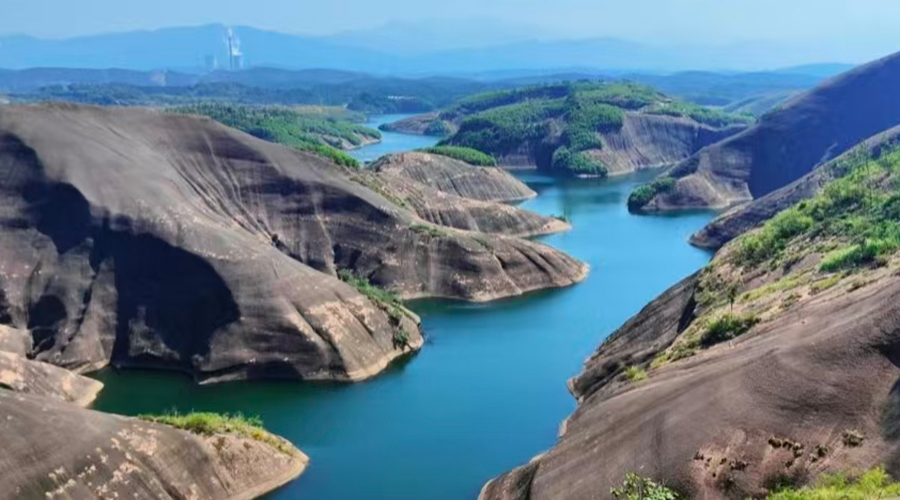
- Five – Ridge Farming Civilization Museum

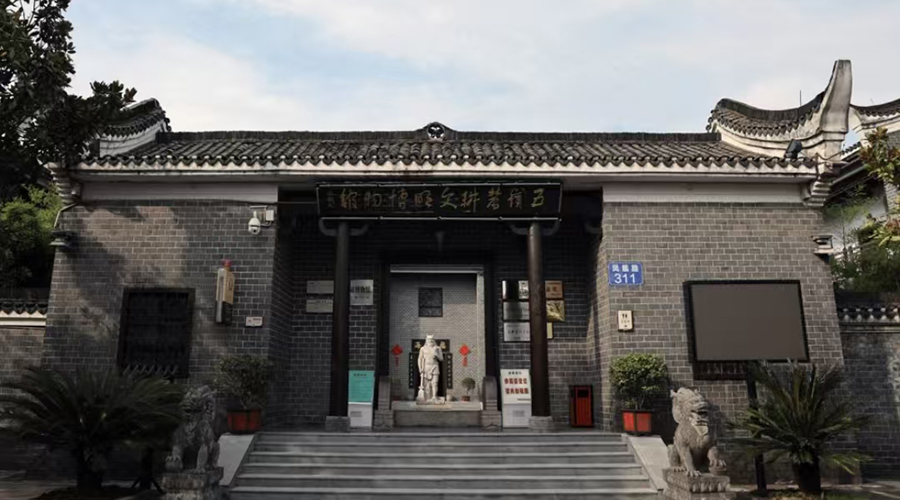
Culinary Delights to Savor
Chenzhou’s food scene is a vibrant reflection of its geography and heritage, blending the bold spiciness of Hunan cuisine with subtle influences from neighboring Guangdong and Jiangxi. Every dish tells a story of the land—from the freshwater bounty of its lakes to the earthy treasures of its mountains—offering a palette of flavors that range from fiery and numbing to rich and comforting. Here are the standout tastes that capture the soul of this “South Gate” city:
- Dongjiang Fish:No trip to Chenzhou is complete without tasting Dongjiang fish, sourced from the crystal-clear waters of Dongjiang Lake where the fish thrive in cool, mineral-rich depths. The most popular dish is braised Dongjiang silver carp, slowly simmered in a clay pot with ginger, scallions, and a hint of chili—each tender, flaky flesh piece soaks up the savory sauce, releasing a fresh, clean flavor that mirrors the lake’s purity.
For a spicy kick, try sour and spicy fish soup, where plump fish fillets are simmered in a tangy broth brewed with pickled mustard greens and fermented chili, the zesty sourness cutting through the richness to leave a refreshing, lip-tingling finish full of local flavor. Locals often pair these dishes with steamed rice or crusty pancakes to soak up every drop of sauce. The fish, raised in pristine waters without additives, is not only delicious but also rich in protein and omega-3s, making it a healthy choice that captures the essence of Chenzhou’s aquatic bounty.

- Chenzhou Spicy Tofu:Inspired by Hunan’s love for heat, Chenzhou’s spicy tofu (la doufu) is a must-try, a fiery gem born from the region’s bold culinary spirit. Made with locally sourced soft tofu—pressed gently to retain its silky, melt-in-the-mouth texture—it’s pan-fried in fragrant sesame oil until the edges turn crisp and golden, creating a delightful contrast with the tender interior.
Then, it’s tossed in a robust sauce: fermented chili bean paste (doubanjiang) adds deep umami, minced garlic brings pungent brightness, and Sichuan peppercorns contribute a tingly numbing kick that dances on the tongue. Some local restaurants elevate the dish by stirring in a dash of caramelized sugar or a splash of rice vinegar, tempering the heat with a subtle sweet-sour note that makes each bite more complex.Served hot in earthenware bowls, the tofu soaks up every drop of sauce, its porous texture locking in layers of spice and savor. It’s often paired with fluffy steamed rice, which acts as the perfect canvas to mellow the heat, showcasing how Chenzhou transforms humble ingredients into a dish that’s both comforting and exhilarating—a true reflection of the city’s vibrant, unapologetic flavor profile.
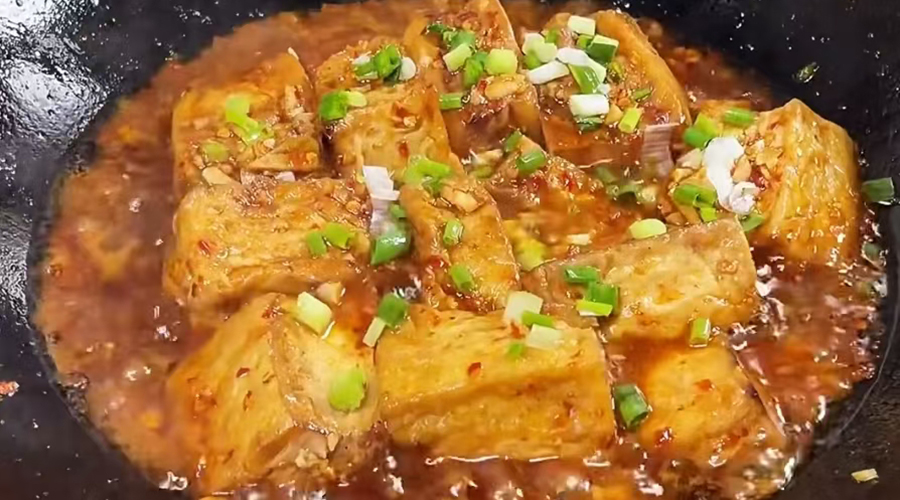
- Qifengdu Fish Noodles:A local specialty deeply tied to the town’s riverside roots. The noodles are crafted by blending fresh wheat flour with tender silky fish paste—made from plump freshwater carp or grass carp, their flesh ground to a smooth consistency. This mix imparts a subtle briny sweetness and a uniquely springy, chewy texture that holds up well in broth.
Served in a spicy fish broth simmered slowly with fish bones, ginger, star anise, and dried chili, the rich liquid carries layers of umami. The dish comes piled with tender fresh fish slices, crisp bean sprouts, vibrant bok choy, and fragrant scallions. A final drizzle of sesame oil and a sprinkle of Sichuan peppercorns add a warm, numbing depth.Each slurp combines the satisfying chew of the noodles, the delicate succulence of the fish, and the robust broth, creating a tasty reflection of Qifengdu’s close connection to its aquatic surroundings.

- Linwu Duck:A proud local treasure with a history spanning centuries, Linwu duck is celebrated for its firm, succulent meat and distinctive flavor, shaped by the breed’s free-range upbringing in Linwu County’s lush wetlands—where they forage on aquatic plants, insects, and small fish, developing a unique depth of taste. The ducks’ lean, well-muscled frames come from roaming these marshy lands, their meat marbled with just enough fat to keep it juicy yet not greasy.
Often prepared by slow-roasting in clay ovens or braising in earthen pots with star anise, Sichuan peppercorns, and a dash of aged rice wine, the duck develops a glossy, caramelized skin while retaining juicy tenderness. The cooking process infuses the meat with aromatic spices, making every bite a harmony of savory and slightly sweet notes. Some chefs elevate it with a spicy glaze made from local chili oil and fermented soybean paste, balancing richness with a zesty, lingering kick that awakens the palate.Served with steamed buns—perfect for sopping up the flavorful sauce—or fluffy white rice, it’s a dish that brings families and friends together at communal tables. The first bite reveals the duck’s firm texture giving way to juicy succulence, a testament to centuries of careful breeding and culinary tradition, embodying Chenzhou’s knack for turning heritage into culinary delight.
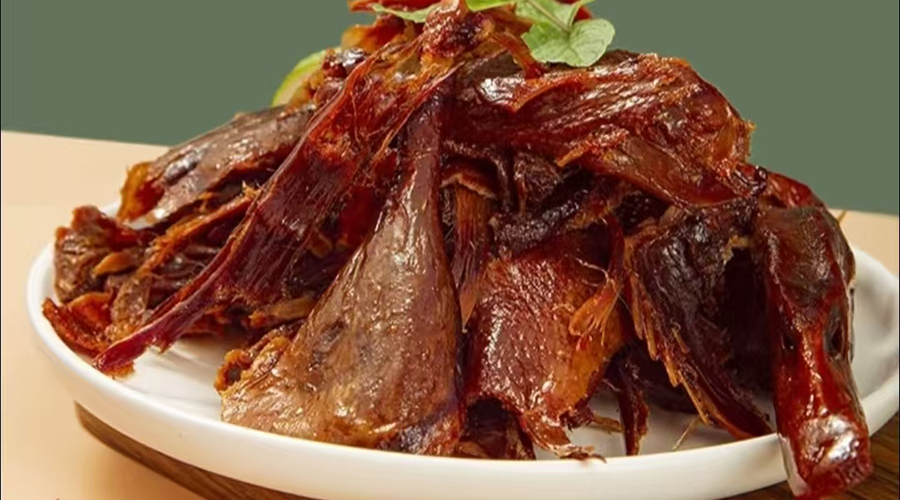
Chenzhou Beckons to Captivate You
As your journey here draws to a close, you’ll carry more than memories—you’ll leave with a piece of this land etched in your senses: the cool kiss of Dongjiang’s mist at dawn, the warmth of a spicy tofu stir-fry lingering on your tongue, the echo of ancient stories in Suichuan’s cobblestone lanes. This is a place that doesn’t just impress; it lingers, a quiet invitation to return and uncover more of its hidden charms. So pack your curiosity, let the mountains and lakes guide you, and let Chenzhou work its magic—because some captivations are meant to be revisited, again and again.
